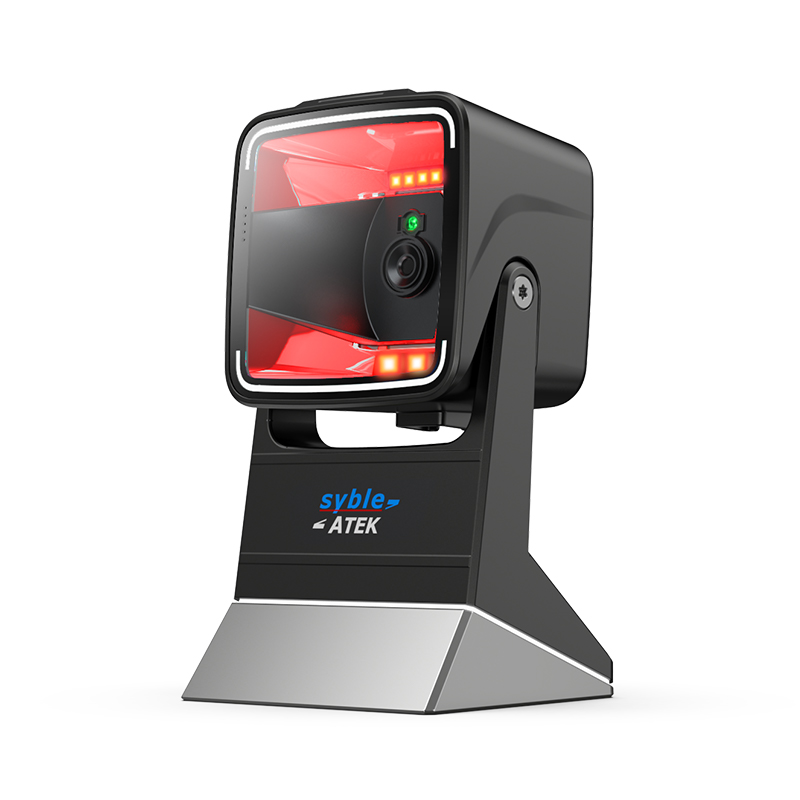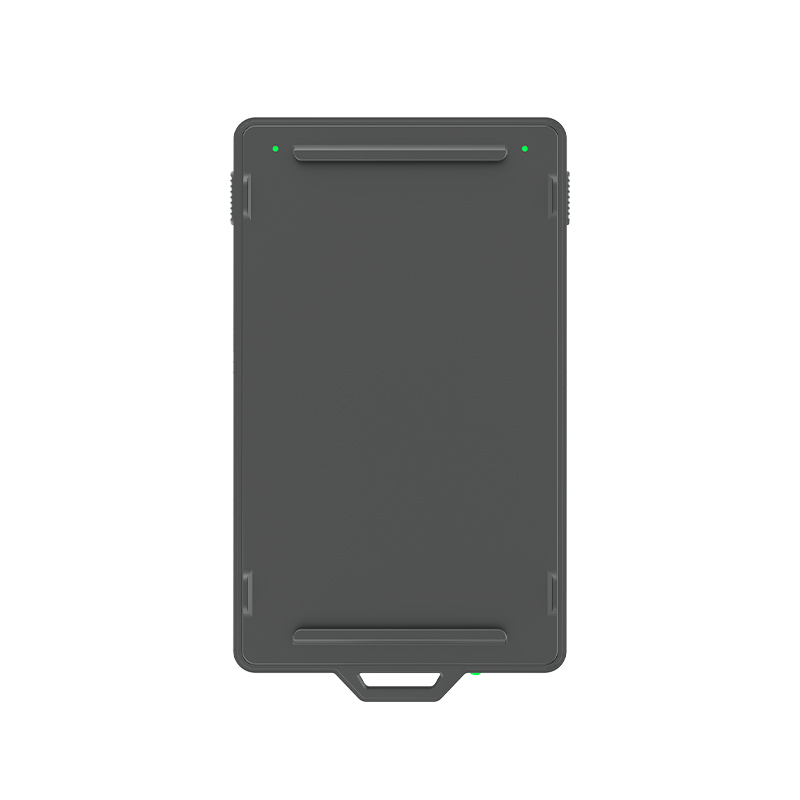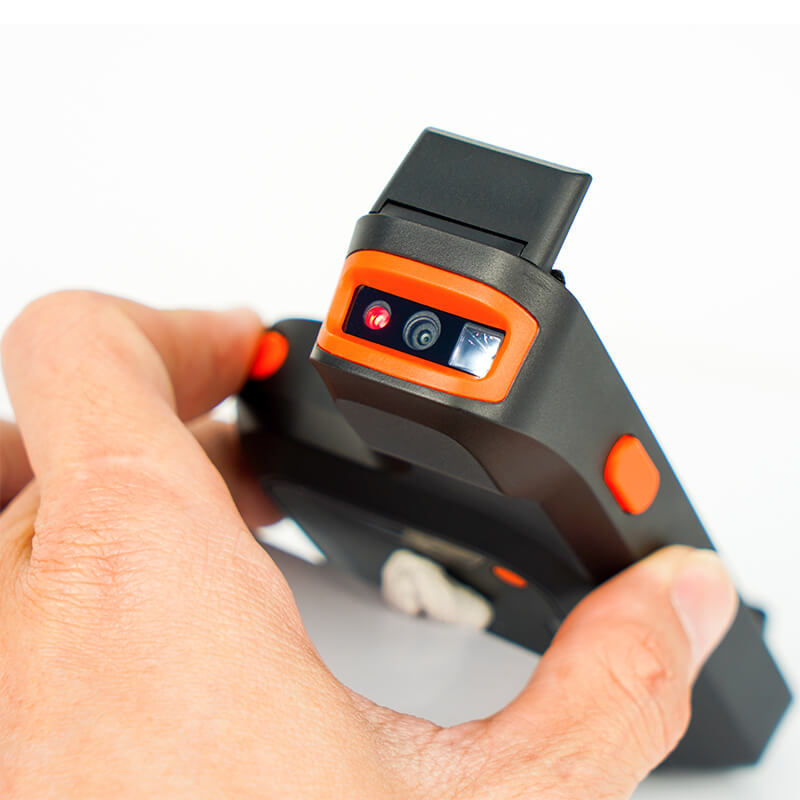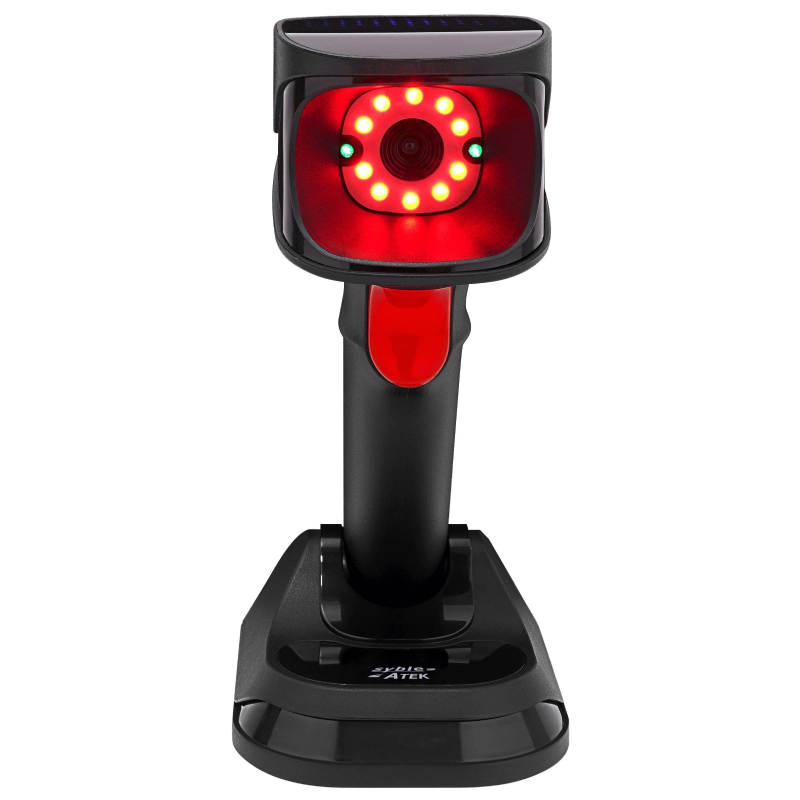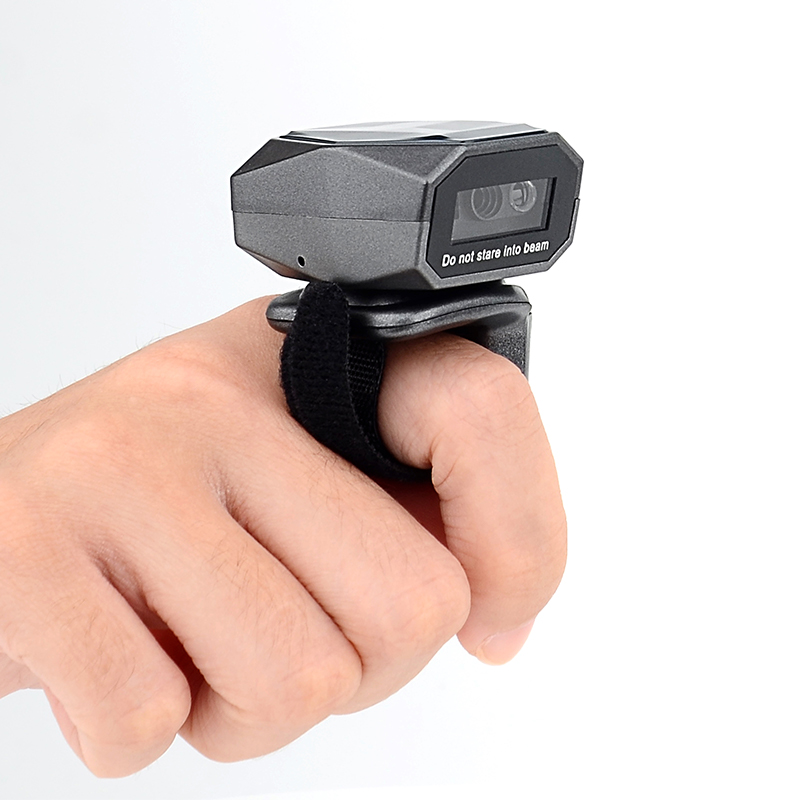High-Resolution Scanners:
Complex Image Processing: High-resolution scanners capture more detail, which means they handle more data. For example, a 600dpi scanner generates image files that are four times larger than those from a 300dpi scanner. This increased data processing time can slow down reading speed.
Higher Hardware and Software Requirements: High-resolution scanners need more powerful hardware and software to process large amounts of data. Insufficient hardware performance can lead to lag or delay when reading high-resolution images.
Suitable for High-Density Barcodes: High-resolution scanners are more accurate for high-density barcodes, such as those found in some industrial applications. However, in ordinary scenarios, high resolution may not be necessary.
Low-Resolution Scanners:
Faster Reading Speed: Low-resolution scanners generate smaller image files and process data more quickly, resulting in faster reading speeds. For example, in retail environments, a 300dpi scanner is usually sufficient for quickly reading standard barcodes.
Suitable for Ordinary Applications: For most everyday scenarios, such as supermarkets or retail stores, low-resolution scanners meet the needs. These scenarios prioritize scanning speed and reliability.
Lower Cost: Low-resolution scanners are typically less expensive. Choosing a low-resolution scanner can save costs when high resolution is not required.
Practical Application Suggestions
Choose the Right Resolution: Select the appropriate resolution based on the specific application. If the application involves high-density barcodes, a high-resolution scanner is necessary for accurate reading. If the barcodes are of lower density, a low-resolution scanner will suffice.
Consider Scanning Speed and First Read Rate: When choosing a scanner, consider not only resolution but also scanning speed and first read rate. The first read rate is the ratio of successfully scanned labels on the first attempt to the total number of scanned labels. A high first read rate indicates higher reading efficiency.
Testing and Validation: It is best to conduct actual tests on the scanner before purchase to ensure it can quickly and accurately read barcodes in your application scenario.
In summary, the resolution of a scanner is not always better when it is higher. The appropriate resolution should be chosen based on the specific application scenario and requirements to achieve the best balance of reading speed and performance.


